
OceanSaver crabs promote plastic-free cleaning products
The campaign by Hearts and Minds, ‘The Ocean will Thank You’ focuses on positivity to encourage sustainable shopping habits
Can technology be emotional?

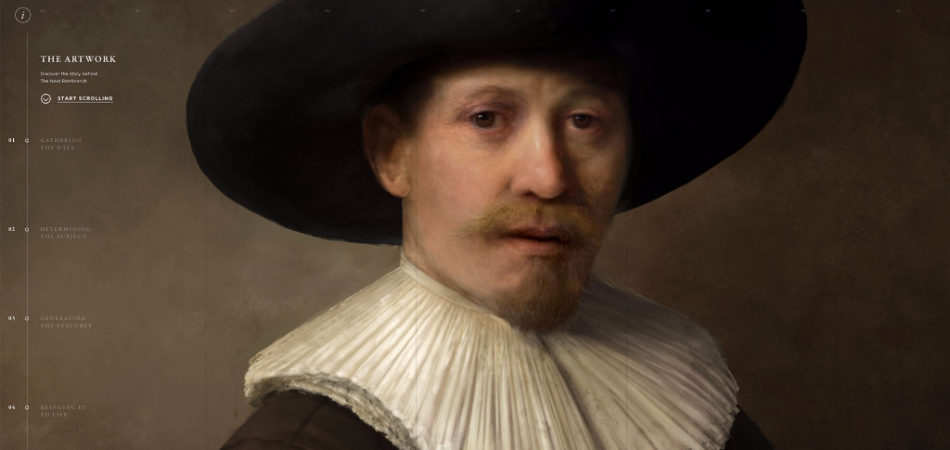
There’s a song by Young Guns which goes, “We're suffering from digital pain. We lost the love of life on the way. But ones and zeros just can't explain. There's something in the air when we're together.”
Everything our computers do is based on ones and zeros. Scientists are using this binary code to replicate the way humans think and solve problems, we call this Artificial Intelligence (AI). The question is, can this technology begin to understand the emotional complexities of being human?
The ancient game of Go is considered to be the most complex that mankind has ever devised, and the ultimate challenge for AI. In Go there are 200 possible moves from each position, making the number of configurations more than the amount of atoms in the universe. While the first computer, Deep Blue, beat a chess grandmaster 20 years ago, it wasn’t until October 2015 that a professional Go player was defeated. Whereas Chess is a game of logic, Go is primarily based on feel and intuition, characteristics that people are good at, not computers.
The AI that defeated the professional Go players is called AlphaGo, and was created by Google Deepmind scientists. The goal is for this technology to one-day help solve some of society’s biggest challenges, combining accuracy and efficiency with qualities more associated with being human.
We're moving from an industrial revolution into an intelligence revolution. AI programmes are already more prolifically used in sectors like medicine, law and flying. In marketing, AI can be used to learn from customers’ personal tastes and purchasing behaviour, with the aim of providing more tailored communications.
What part can technology and innovation play in the worlds of art, music and general culture? Particularly the emotional value we gain from these subjects. Can brands use technology to create deeper emotional connections, not just personalised ones?
The Next Rembrandt is a 3D-printed painting. J Walter describe this as “designed to stimulate conversation around the impact of science and data on the art world, and the evolving relationship between technology and emotion.”
The painting pulls on data from Rembrandt’s 346 known paintings to create the artwork, which consists of over 148 million pixels. A facial-recognition algorithm was used to replicate Rembrandt’s unique technique; pixel data helped the computer mimic brushstrokes and an advanced 3D printer brought the painting to life using 13 layers of ink.
Analysis of Rembrandt’s work helped experts arrive at the ideal subject for the new portrait; a Caucasian male aged between 30 and 40, with facial hair, wearing black clothes with a white collar and a hat, facing to the right.
ING Bank sponsors Dutch Art and culture, they also have a reputation for investing in innovative technology. This award winning work is in collaboration with Microsoft, Delft University of Technology, The Mauritshuis Museum of Art and The Rembrandt House Museum. Together they have pushed the boundaries of traditional sponsorship and created a new conversation about one of the world’s greatest painters and a key figure in Dutch history.
Agency: J. Walter Thompson, Amsterdam & Production: Superhero Cheesecake, Amsterdam
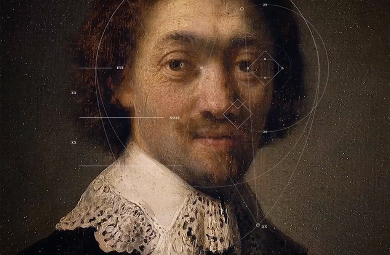
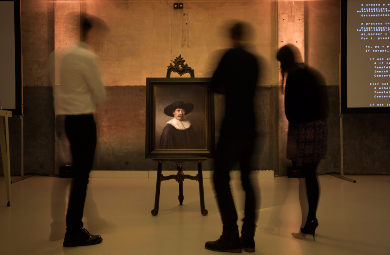
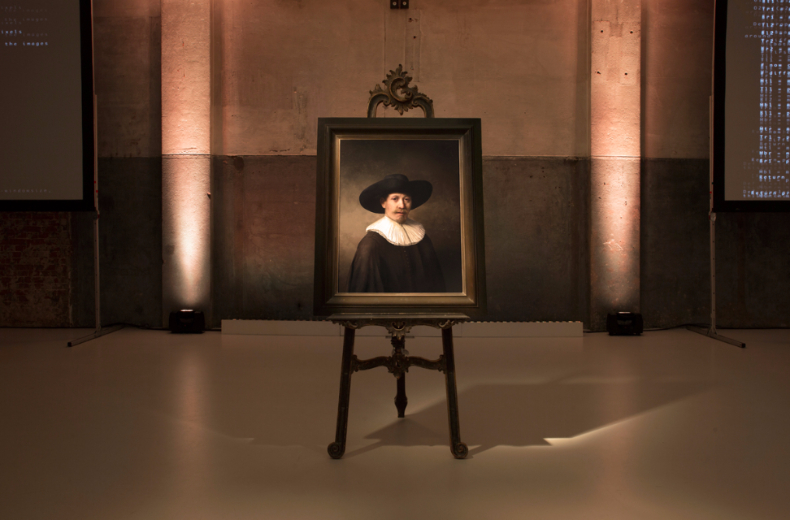
Sweden’s most popular property website, Hemnet.se used search data to create Sweden’s statistically most sought after home. Statistics determined to average measurable properties of the home including size, price, number of rooms, bathrooms and floors. A reading of the exquisite architectural book The Swedish House was condensed into two iconic types: the red wooden cottage that represents history and local crafts, and the white functionalist box which stands for modernity and optimism. The aim was to create architecture that combines rationality of the functionalistic box combined with the quality of craftmanship and material presence of the Falu red cottage.
Agency: Prime, Sweden & Architects: Tham & Videgård, Sweden

Pesinet is a French non-profit in West Africa, where 1 in 10 children die of preventable disease. They created a solution that uses smartphones to send children’s weights to local doctors, who in turn scheduled checkups at the slightest anomaly. To stand out to potential donors they created a new name – Djantoli, meaning ‘carefully watch’, and the world’s first logo with a built-in KPI. The number displayed as part of the design corralates to the number of lives protected. As doctors update their medical records the identity updates in real time across all digital platforms. After Djantoli introduced its new name and identity, it received a 100% increase in donations from individuals in the first 9 months.
Agency: Landor, London
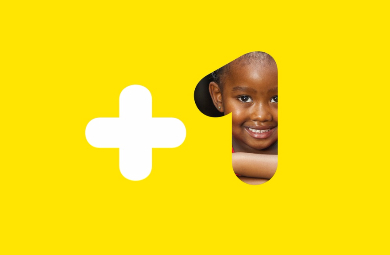
For its Canadian launch, Spotify used the power of real-time listening data to discover the musical soundtrack of neighbourhoods and landmarks across Canada. Music For Your World are Spotify playlists made from of the most streamed songs in each area and displayed on OOH sites on the very streets they came from. Playlists were as bespoke as ‘King of the City’ - the soundtrack to the morning commute on the 504 streetcar, or ‘Happy Birthday Suit’ – the soundtrack to the world’s biggest nudist beach in Vancouver. Every element of the campaign was driven by real-time data and within a week Spotify had become the number one downloaded app on the app store. Within three months it was the biggest music streaming service in Canada.
Agency: Anomaly, Toronto
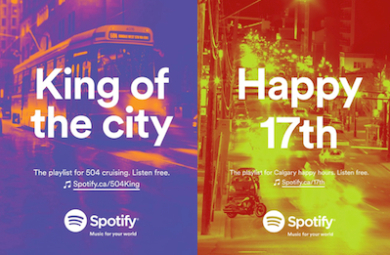
Looks like you need to create a Creativebrief account to perform this action.
Create account Sign inLooks like you need to create a Creativebrief account to perform this action.
Create account Sign in